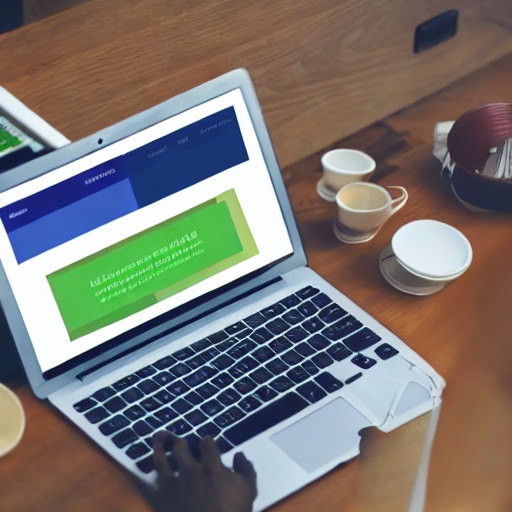
What is website designing : A Comprehensive Guide
Website design refers to the process of creating a website that is visually appealing and easy to use. It involves a variety of tasks, such as choosing colors, layout, and graphics, as well as determining the structure and content of the site. A website designer may work with a client to develop a website from scratch, or they may be responsible for updating an existing site. The goal of website design is to create a website that is functional, user-friendly, and visually appealing.
Process of creating and organizing the content, layout, and appearance of a website. It involves a combination of graphic design skills, web programming skills, and an understanding of how users interact with websites.
Here are some key components of website design:
- Layout: The arrangement of text, images, and other elements on a webpage
- Color scheme: The selection of colors that will be used on the website.
- Typography: The use of different fonts and font sizes to create hierarchy and emphasis on the page.
- Graphics and images: The use of photos, illustrations, and other visual elements to enhance the website's appearance and convey information.
- Navigation: The design of the menu or other elements that allow users to move around the website.
- Responsive design: The ability of a website to adjust its layout and functionality for different devices, such as smartphones and tablets.
- Accessibility: The design of the website to be usable by people with disabilities, such as those who are blind or have low vision.
To create a website, a designer will typically use a combination of HTML, CSS, and JavaScript programming languages, along with design software such as Photoshop or Illustrator. The process typically involves conceptualizing the website's layout and functionality, creating wireframes and prototypes, designing the visual elements, and coding the website. It is also important to test the website on different devices and browsers to ensure that it works correctly for all users.
There are several different aspects to web design, including:
- Graphic design: This involves creating the visual elements of the website, such as the color scheme, font choices, and button design.
- User experience (UX) design: This involves designing the website in a way that is easy for users to navigate and use.
- Layout and structure: This involves deciding on the overall layout of the site, including the placement of text, images, and other elements.
- Content creation: This involves writing the text for the website, as well as selecting and editing any images or other media that will be included.
- Search engine optimization (SEO): This involves optimizing the website for search engines, so that it ranks higher in search results and is easier for users to find.
There are several benefits to having a well-designed website, including:
- Increased credibility: A professional-looking website can help to establish your business as a credible and trustworthy organization.
- Better user experience: A well-designed website is easy to navigate and use, which can improve the overall user experience for visitors.
- Greater reach: A website allows you to reach a global audience and can help to increase your customer base.
- Cost-effective marketing: A website can be an effective marketing tool that can reach a large audience at a relatively low cost.
To design a website, you will need to follow these steps:
- Define the purpose and goals of the website: What do you want the website to achieve? Who is the target audience?
- Research and gather inspiration: Look at other websites in your industry and gather ideas for layout, content, and design elements.
- Plan the structure and content of the website: Decide on the pages and features that you want to include on the site, and organize the content in a logical and user-friendly way.
- Design the layout and visual elements: Use graphic design software to create the layout and visual style of the website.
- Write the content: Create the text for the website, including headings, body copy, and any other content that you want to include.
- Test the website: Test the website on different devices and browsers to ensure that it works correctly and looks good on all platforms.
- Launch the website: Once you are satisfied with the website, publish it online so that it can be accessed by users.